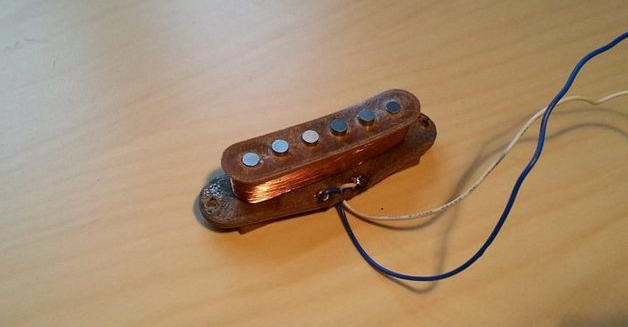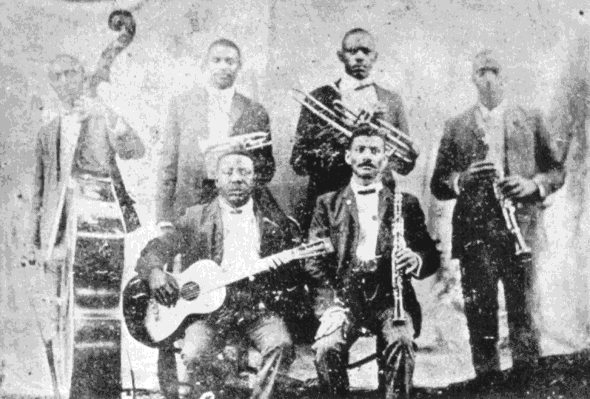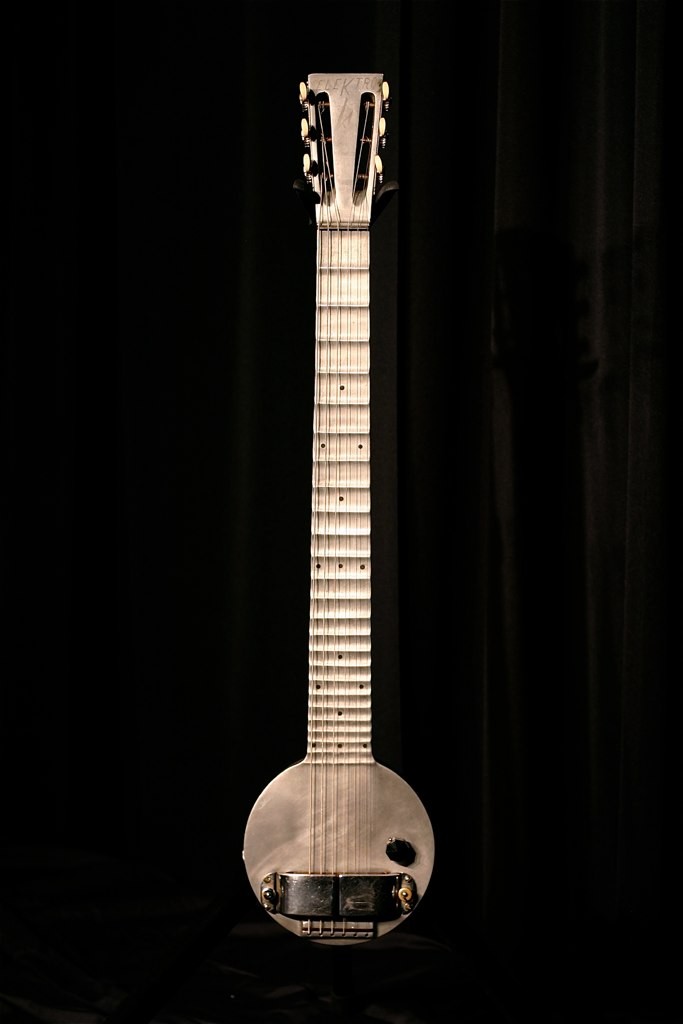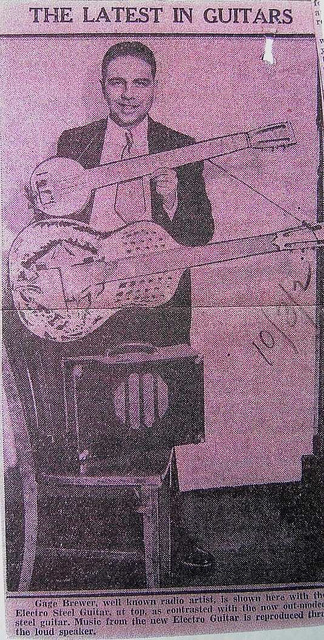It may seem hypocritical, but in fact, the advancement of the human race would not be possible if it weren’t for laziness. We all have that burning desire to want to accomplish something, but along with that desire comes the inherent need to do it in the simplest, most efficient way possible. Of course it’s not easy to up-and create something from nothing, but it’s the inspiration for many of the world’s greatest inventions that comes from the question “how can I make this easier?”
Most people shop at grocery stores and go to restaurants to stay fed rather than hunt and grow their own crops. We send e-mails instead of writing letters. Rather than go to a shopping mall to buy everyone’s Christmas gifts, more and more people are opting to sit at their computer and buy everything from an online store. These are all fantastic inventions that are successful for really just one reason: they make things more convenient.
In the late 1800’s and early 1900’s, there was an inconvenience in the music world that led to the invention of what would eventually become one of the most popular instruments in the world. The problem at the time was that classical, jazz, and blues guitarists were struggling to be heard. Guitar soloists in large groups were almost non-existent, as horns and brass instruments would just blow them away. The guitar was seen as a background rhythm instrument, despite players being more than capable of playing impressive lead melody lines and being heard in smaller groups.
Some musicians tried to amplify their guitars by attaching different resonant materials to the body, while others experimented with carbon microphones. Their efforts worked to some degree, but the quality of sound suffered drastically. There was a pressing need to accurately make the guitar louder, but the most practical solution to this problem didn’t arrive until 1931.
Many people believe that the first electric guitar was built by Les Paul and dubbed “The Log.” While this was a landmark achievement, it was actually not the first time a guitar was accurately amplified. That credit belongs to George Beauchamp and Adolph Rickenbacker, who worked together to create the first usable electric guitar. They worked with an already known phenomena known as “electromagnetism”, and perfected the use of a device that we all know today as a “pickup”. The device basically works by converting string vibrations into an electrical signal through the use of electromagnets. The signal is then amplified, and released through a speaker as audible sound.
Around the same time the jazz and classical guitarists were having difficulty being heard, lap-steel musicians were facing a similar problem. This instrument was to be played as a lead, focusing on the melody of a song, and was therefore imperative for it to be heard above everything else. For this reason, the first instrument to get the Beauchamp and Rickenbacker treatment was a lap steel guitar designed by Harry Watson nicknamed the “Frying Pan” for obvious reasons:
These electrically enhanced guitars began to be manufactured under the newly named “Rickenbacker Electro Stringed Instrument Company”, and received an official model name of the “Rickenbacker Electro A-22.” Along with these, Rickenbacker created another guitar (the Electric Spanish) to begin production at the same time. Below you can see the first known public appearance of both models, in a 1932 issue of the Wichita Beacon.
And so, the electric guitar was born. From here, the instrument was adopted and improved upon by various different companies as it began its rise in popularity across the globe.





As I’ve always said… “If necessity is the mother of invention… laziness is definitely the father.”